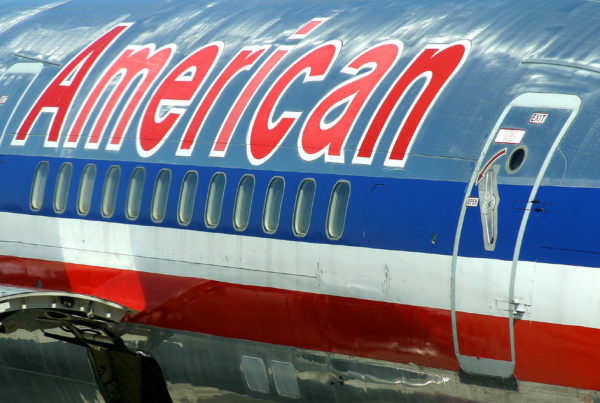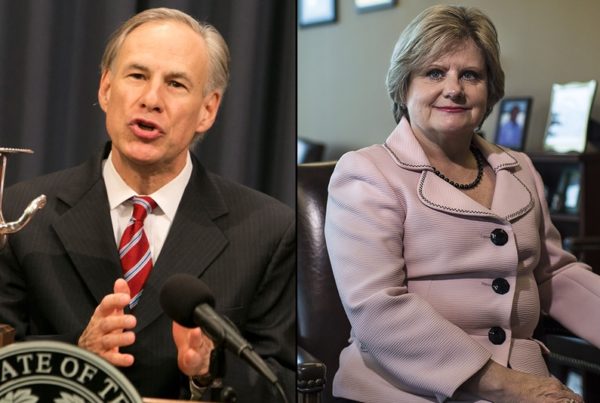President Donald Trump signed an executive order Wednesday authorizing the building of a wall along the United States-Mexico border.
He told ABC News that morning that the U.S. will start building the wall “as soon as we can. As soon as we can physically do it. … I would say in months. Certainly, planning is starting immediately.”
He also said that taxpayers would initially pay for it and that Mexico will “absolutely 100 percent” reimburse the U.S. – an action Mexico has said it will not do.
As explored in Texas Standard’s series “The Wall”, Trump’s proposal is likely to have profound effects on the people living along the Texas-Mexico border.
But there are a few hurdles to leap before construction of the wall begins. First, Congress has to appropriate the funds. Then, the government will have to solve environmental and engineering questions inherent to such a massive project.
Robert Lee Maril, a longtime resident of the borderlands, chronicled the building of the existing structure for his 2012 book, “The Fence: National Security, Public Safety, and Illegal Immigration along the U.S.–Mexico Border”.
“I wrote the book just to discount any kind of interpretation that it is a fence,” he says. “There’s a 752-mile wall which stretches in parts from Brownsville, Texas to San Diego, California and I’ve been over most of the segments of that that are reachable.”
Maril says the wall varies in height due to differing terrain, but in some places, the wall is as tall as 22 to 23 feet.
Before building a new wall, Maril says the government needs to look at what the real cost of the wall would be.
“The cost of the old wall that is in place – that works fairly well – is between $3- and approximately $5 million per mile,” he says. “That’s a wall that was not built on the tops of mountains or not built through marshy lands that are too close to the river.”
Maril says people have varying estimates of what the wall would cost, but no one will know the true cost until the building starts.
The government won’t only be building a wall, he says.
“One of the crucial realities is that, in many places, you can’t get to the border,” Maril says. “There are no roads. There is no way to to get there to do the building. So you’re going to have to put in some infrastructure. You’re going to have to haul all the materials.”
Building the wall is going to have to involve hiring contractors and subcontractors, Maril says, sometimes at a tremendous cost. Like the wall that already exists, Maril says the country might end up with a wall of varying quality – there hasn’t been consistent oversight by contract management. Instead, the construction is often built differently county to county.
“The larger the organization that builds the wall the more time that will take, the less the quality will be … and the more problematic it will be,” he says.
Maril says Trump’s vision for a border wall is unprecedented.
“I’ve never seen anything like it,” he says. “I’ve never seen anything envisioned like it. And it would certainly take a long, long time to accomplish.”
For more information on the how people living along the border wall could be affected visit the Texas Standard series “The Wall“.
Written by Beth Cortez-Neavel.
















